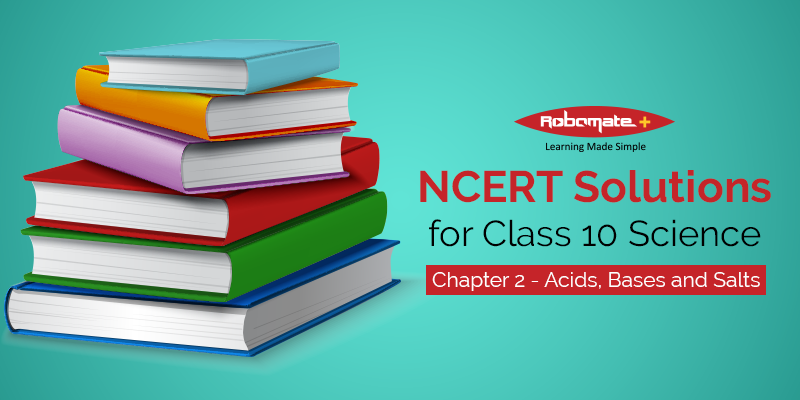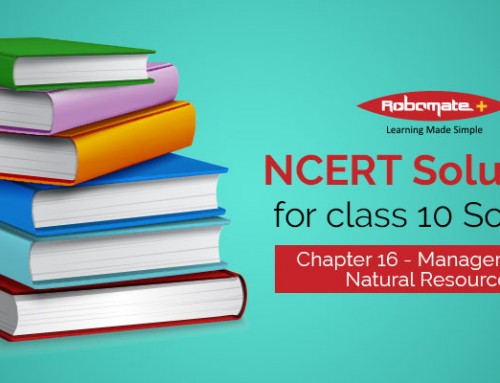NCERT solutions for class 10 Science chapter 2 cover the important topic of acids, bases and salts. The acids and bases are important elements in any chemical reaction. These chemicals are used in our day to day life. Some of the commonly used acids are vinegar (ethanoic acid) and lemon juice (citric acid) and salt is common salt.
The acids and bases can either be concentrated or dilute. Here we brief about the same
Acids
They turn blue litmus paper to red. Acids contain hydrogen ions and react to form salts with metals. They have a pH less than 7. The acids found in lab are Hydrochloric acid, Sulphuric acid or Nitric acid
Bases
They turn red litmus paper to blue. Alkalis contain hydroxide ions (OH-). The bases found in lab are Sodium hydroxide, Calcium hydroxide or Ammonia.
Properties of Acids and Bases
Properties of acids
- All acids are liquid in nature
- They are solutions in water
- They are sour to taste
- Corrosive in nature
- Turn Universal Indicator from green to red
Properties of alkalis
- They produce soap or lather
- Soluble bases
- They can burn skin
- Bitter to taste
- Turns Universal Indicator from green to blue or purple
Salts
They are formed by interaction of acid with metals. The H+ ion from acid gets replaced by the metal ion resulting in salt.
Common Salt (Sodium Chloride)
Sodium chloride (NaCl) is also known as common or table salt. It is formed by reaction between sodium hydroxide and hydrochloric acid. It is a neutral salt i.e. the pH value of sodium chloride is 7. It is used to add taste to food.
Chemicals from Common Salt
It can also be used in the manufacturing of various chemicals such as sodium hydroxide, Sodium carbonate, bleaching powder etc.
Download NCERT Solutions for Class 10 Science Chapter 2 – Acids, Bases and Salts













